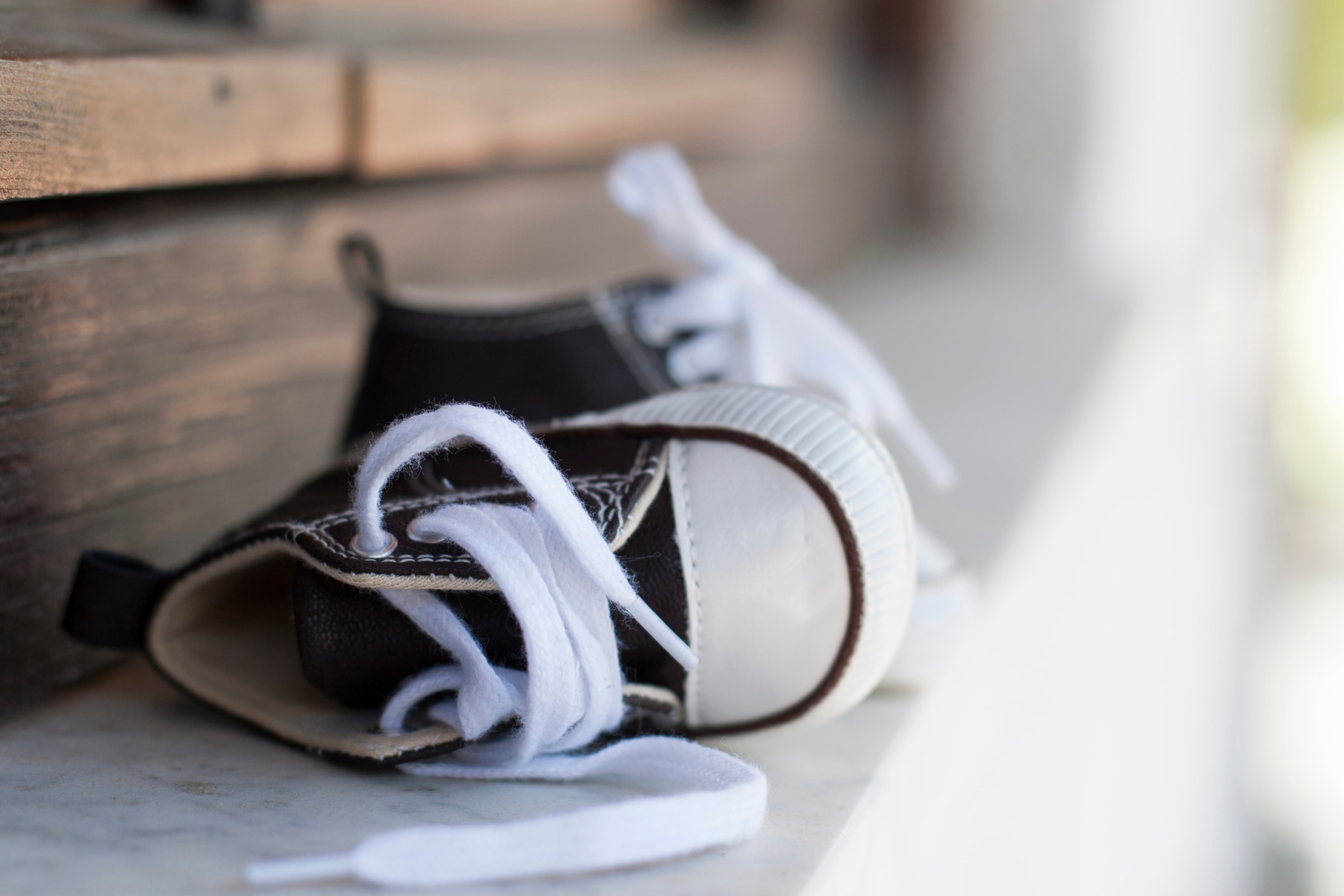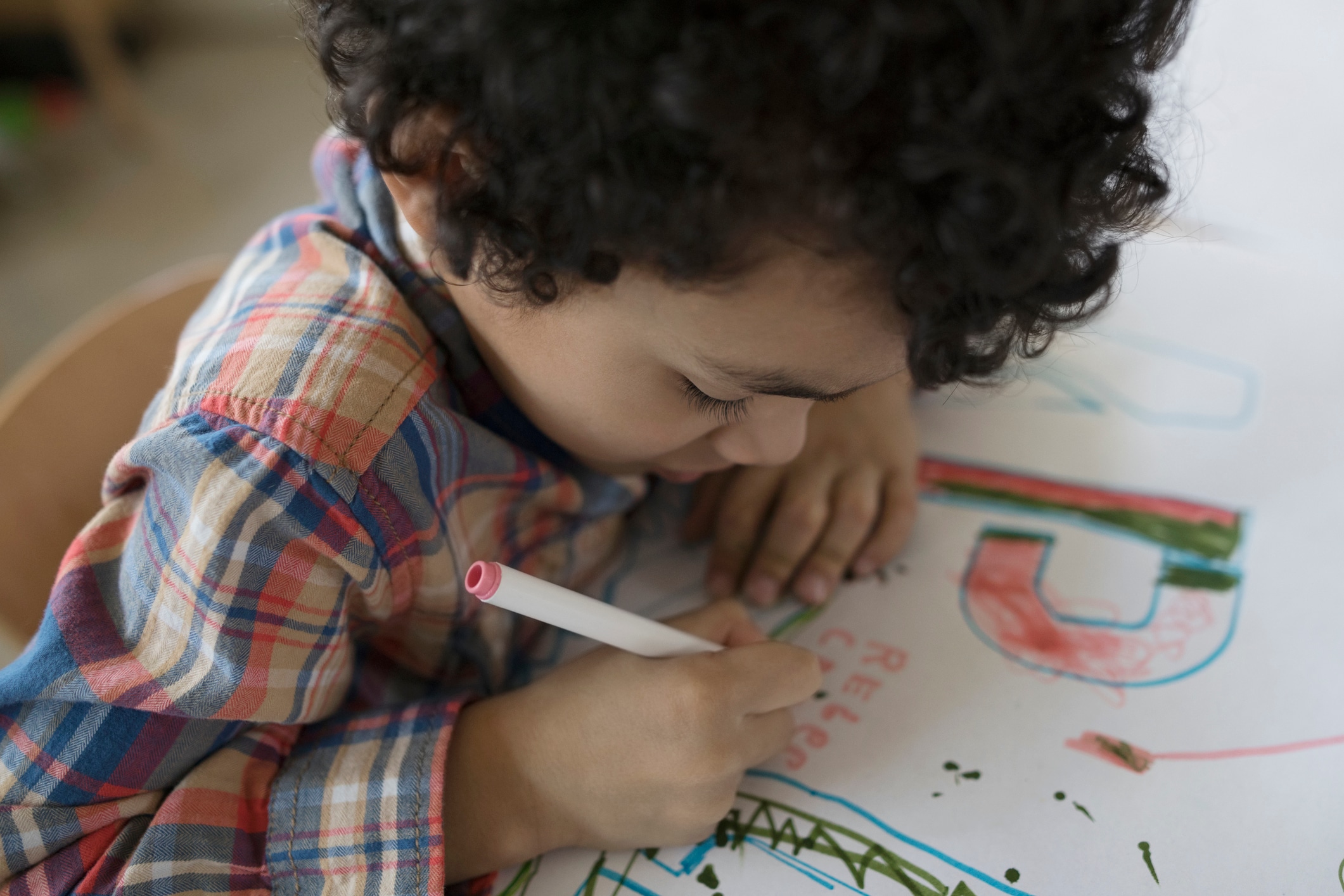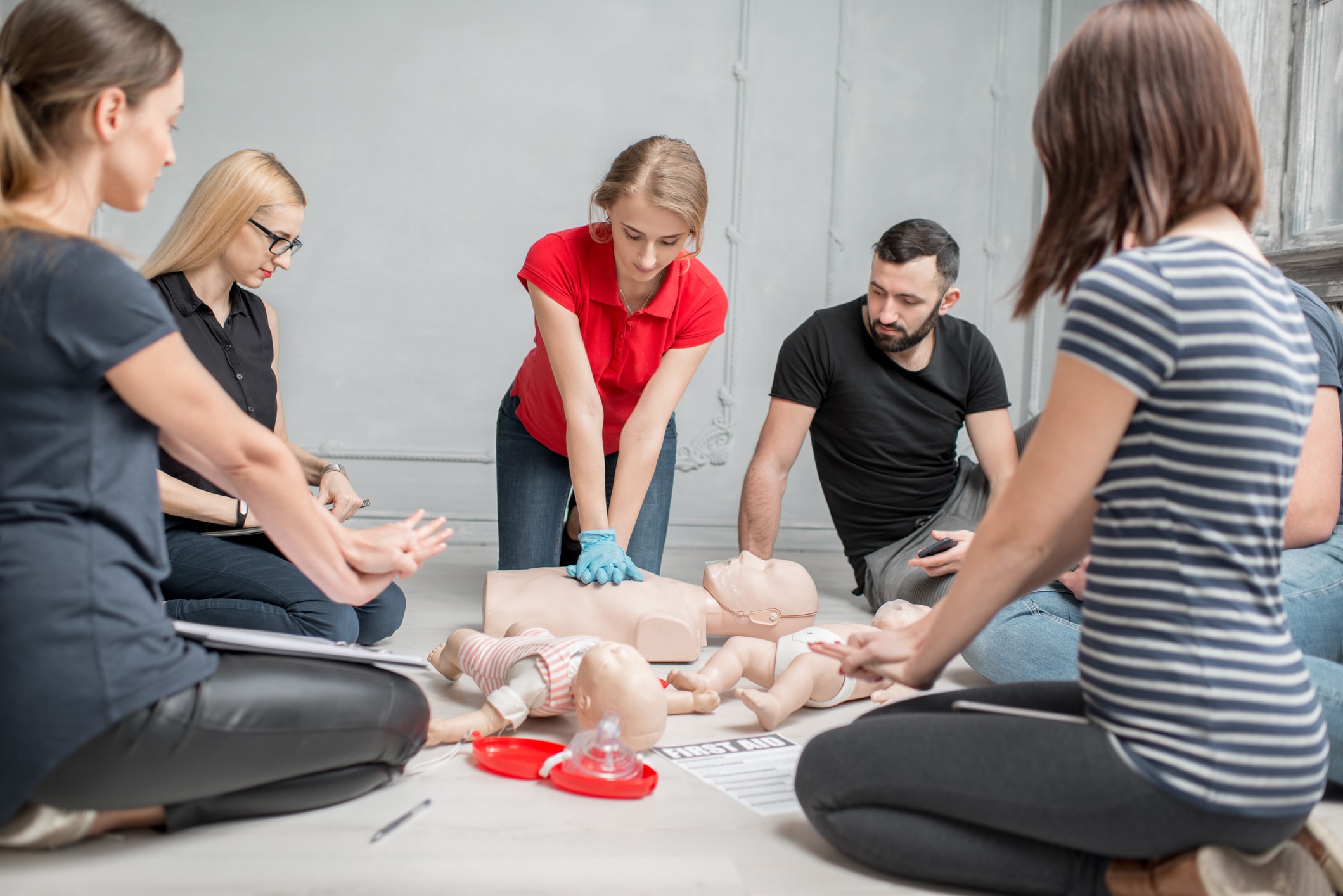The year I became a teacher, I also happened to have two children under the age of five at home. I remember the first time I stood at the front of the classroom with 25 sets of middle school-aged eyes looking at me for direction. I immediately felt the weight of the responsibility and the fear of failure. By then, I had studied education, been a student teacher and watched other teachers model best practices. But just as babysitting is no preparation for parenting, a degree and a semester of student teaching can in no way prepare you for the enormous responsibility of addressing the multiple needs of other people’s children.
However, I quickly learned that similar to parenting, teaching begins as a continuous, imperfect and vulnerable practice of trial and error.
Because I had the good fortune to have a few transformative teachers and to be raised by loving and supportive parents, I never doubted I could be both a good teacher and a good mom. But I never imagined the insights I gained from being a teacher would help me as a parent, and yet when I reflect on the best and most challenging parts of my time in the classroom, I can see how those years provided a pathway toward better parenting. Here are six things I learned in the classroom that helped me parent better at home.
“Just as I know the motivational posters reminded my students that they could accomplish their goals, I know that reciting positive affirmations helped shape my children’s self-confidence.”
The space sets the tone
The first time I decorated my classroom, I stood in the center of the room, looked at the bare walls, and asked myself, “What do I want students to see when they walk in the room?” I organized the library, taped reading and writing posters on the back wall and thought about the flow of the day and what systems would best keep the room organized. I began to notice how I organized my classroom and what I placed on the walls, usually setting the tone for the entire year.
I knew my students needed to have clarity on where to return books, staplers, and scissors. They needed to see reminders of classroom rules, such as “Raise your hand before speaking,” and “Don’t get out of your seat without permission.” They also needed to feel encouraged and empowered. For instance, I stuck a sign that exclaimed, “You Can Do This!” next to the whiteboard. After a while, students began to quote from the posters. I saw students chant to themselves: “I can do this.” I also saw students beginning to encourage one another when they saw a classmate struggling.
I soon realized my own children could benefit from the same mix of structure and motivation. I organized my children’s room so there was a place for everything, and labeling bins for them to put away their toys when they finished, made it easier for them to keep their space tidy. It went from getting things off the floor to a surface to them being about to actually put things away in a designated space faster and easier. And by hanging some of their artwork and hanging positive affirmations on their walls like, “You are powerful!” and “I love myself a lot,” I hoped would help them see themselves as both creative, capable and worthy of love.
Just as I know the motivational posters reminded my students that they could accomplish their goals, I know that reciting positive affirmations helped shape my children’s self-confidence.
Being clear, calm, and consistent about expectations works for everyone
To signal to my students that it was time to be quiet, I would raise my right arm in the air. I’d wait for the students to imitate me, but I never asked them to stop talking, and I never raised my voice. When I observed other teachers yelling over a classroom of raised voices, it always looked like the teacher had already lost control. During my time in the classroom, I worked hard at being clear, calm and consistent in stating expectations and getting students to understand that we would all have a better year if we all worked together. My students knew the day of the week, time of year or my mood would not alter my expectations or the consequences they would face for disrupting the class or being disrespectful. It helped the year go more smoothly once students got into the groove of what was acceptable in the classroom and what was unacceptable.
Conversely, I noticed the teachers who had the most challenges maintaining classroom discipline were the ones who were unclear about how far was too far, inconsistent in giving consequences, or perceived as unfair or “in a bad mood.” Students complained these teachers were “yelling at them for no reason” or didn’t yell at another student for doing the same thing moments before.
In turn, I learned that in order to avoid discipline problems at home, I had to be consistent. My children, similar to my students, were watching to see if I would be fair and had what it took to follow through on my word. When my children knew what was expected of them and saw it enforced consistently, behavior issues became few and far between.
“By nurturing the learning and growth of my students and watching them develop a strong sense of self and achieve success in and outside the classroom, I was inspired to go home and replicate similar structures and techniques with my own children.”
Routine is your friend
At school, there is a clear daily schedule. Everyone knows precisely what time students break for lunch or what time they have recess, art and music classes. At the start of the year, before students know their schedule, they either think they have all the time in the world or are rushing around frantically. They often bring too many supplies, or leave items behind and look around frantically, as if they don’t know if they should turn left or right when they walk out the door. But once students knew their schedule and fell into their routine, they use their time more effectively, move with more confidence and know exactly whatto bring for each class. All of these routines supported students’ academic success.
Because I knew I had to come home from work and run a household, I embraced routine as at home, as well. I prepared lunches and meal plans each week like I wrote lesson plans. I created a daily schedule that made it easier for my children to stay in the flow of their evenings at home. My children walked in the door before 5:30 p.m.and put their lunch boxes in the same place each day. They sat down to dinner by 6:30 and had some time to play, read or lounge on the couch before 8 p.m.. We layed clothes out, read a story, and then, it was lights out.
Even before they could tell time, my children began to know when it was close to bedtime, because we all fell into a routine and they recognized what was next without me having to say it. Sometimes I would say, “It’s about that time,’ and they knew exactly what that meant.
Always have a plan B
Every seasoned teacher knows they need to have a plan B in mind. Things don’t always work out in the classroom, in school or in our lives the way we intend. Schedules shift unexpectedly, it rains and we are stuck inside for recess, or we have to eat in the classroom instead of in the cafeteria. And just as I wanted to promote structure and routine, I also had to learn how to be flexible so I could model it for my students. This meant making placemats together for indoor lunch, having back up activities for indoor recess, and explaining to students what to do when I wasn’t there or how to behave for a substitute.
As a parent, I also had to create contingency plans at times when I got sick or had to contend with a family emergency. I had to have a backup for pickup or an alternate plan for dinner. I also had to teach my children how to be flexible and adaptable to change, especially when I wasn’t there or when they were in the care of others.
The kids will be alright
As a parent, you don’t want your children to be unhappy, experience the pain of failure or have poor self-esteem. Yet I learned that when we give our children the opportunity to fail, we give them the tools to deal with the inevitable experiences they will face in life. I learned this over the many years I observed my students’ experience and overcame disappointment. Whether they were frustrated when they didn’t get the grade they were aiming for or lost a game, I emphasized the importance of resilience. We’d talk about how in life we can’t always win, and while they might have initially felt discouraged, they showed me they understood by how quickly they learned to recover. They are moving forward with optimism that things could possibly work out differently the next time.
By teaching my own children how to be patient problem solvers and resilient when they didn’t win, get an award, or reach a goal, I helped them understand that everything won’t always work out in their favor, but they would be OK.
“I learned that when we give our children the opportunity to fail, we give them the tools to deal with the inevitable experiences they will face in life.”
Learning is a part of life
I wanted my students to see learning as part of life and not something only done in school or to pass a test. I often preached, “Learning is a lifelong process that extends outside of the classroom.” I shared what I learned about teaching writing or integrating technology from my professional development workshops with my class and asked for their feedback or discuss what I learned from a book I read. I wanted them to see I was learning alongside them.
It took my children getting older that made me realize that prioritizing lifelong learning was a concept I could apply to my parenting, as well. I had been learning alongside my children, but it had not been intentional. Ultimately, I became more curious about what I could learn about becoming a better parent. I began to read and think more about how the style of discipline I was shown as a child could impact my children’s development. I was taught by example that my children should be obedient and not question me, but I learned that if they asked questions and understood why, it was easier for them to be obedient.
As a parent, I had to be willing to see myself in the continuous practice of applying what I learned, just as I did as a teacher. I had to do things that worked and be willing to avoid the things that didn’t. I also had to see that there’s always an opportunity to learn a better way from others, including my own children.
By nurturing the learning and growth of my students and watching them develop a strong sense of self and achieve success in and outside the classroom, I was inspired to go home and replicate similar structures and techniques with my own children. I noticed by shaping an environment and messaging that reminded them they could accomplish their goals, gave them the confidence to persist. Providing a consistent routine made life easier for all of us, but teaching them to be flexible helped them quickly adapt to change.
As someone who was a mom for close to 30 years and a former teacher of over 20, I observed the many similarities between teaching and parenting. Both roles are much more difficult and satisfying than the uninitiated can imagine. Both can teach you that everyone will be OK if you don’t get everything right. And both can motivate you to learn, grow, and work toward the best version of yourself.





